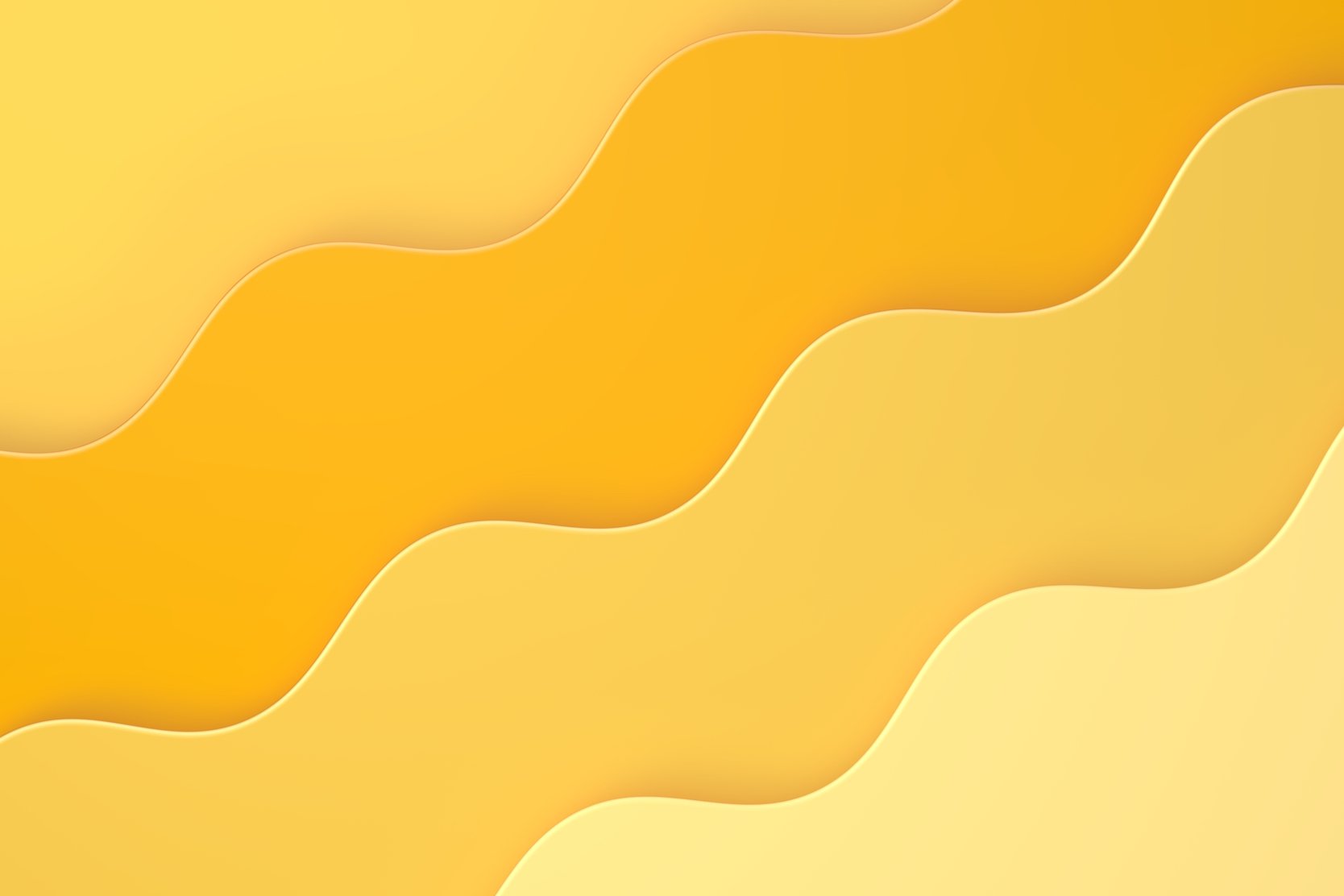Soothing the soul
Our music therapy program nurtures patients with bedside serenades, rap workshops and more.
Find out more

The spinal cord includes the bundle of nerves that controls leg movement and sensation as well as bladder function. The spinal cord typically divides into small nerve roots at the L2 vertebral body. During development of the spinal cord, tissue and fat, or other body elements that do not belong near the spinal cord can become attached to the spinal cord. Sometimes the tissue prevents the normal development of the spinal cord so that there are problems with urination and leg weakness. In most cases, there are no problems at birth. As the body grows, however, the spinal cord then becomes stretched and damaged by the abdominal attachment. This condition is called a tethered spinal cord. If left untreated, your child may suffer nerve damage as he or she grows. The condition can be treated with surgery to prevent future nerve damage.
Signs and symptoms of a tethered cord can include the following:
The diagnosis of a tethered spinal cord is made by obtaining a Magnetic Resonance Imaging or MRI of the spine.
Surgery involves the following steps:
Surgery for a tethered spinal cord can prevent future irreversible nerve damage which can severely affect a child's bladder and leg function and quality of life.
A follow-up MRI is usually performed sometime after surgery. On rare occasions, years after the original surgery, a re-tether may develop for certain types of tethered cords causing radiating leg pain, persistent back pain or bladder problems. This situation may require additional surgery.
UCSF Benioff Children's Hospitals medical specialists have reviewed this information. It is for educational purposes only and is not intended to replace the advice of your child's doctor or other health care provider. We encourage you to discuss any questions or concerns you may have with your child's provider.

One of the nation's best for neurology & neurosurgery

Ranked among the nation's best in 11 specialties
Soothing the soul
